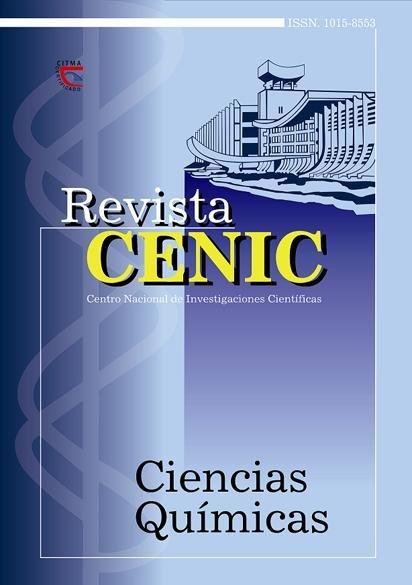Composition influence on delivery ability of hydroxyapatite cements
Abstract
Hydroxyapatíte cements were dívided in two parts, a solid part composed by a mixture of hydroxyapatite, gypsum and t\vo polymers, sodium alginate and poly-N-vinyl-2-pyrrolidone anda liquid part formed by a mixture of sa.lts, potassium sulphate and potassium phosphate in water solution, were prepared. All the formulations Were doped with cefazolin and ciprofloxacine. The kinetics of drug delivery in buffer phosphate was studied, The results were adjusted to the Higuchi model regulated by the diffusion in two steps1 conditioned by the drug exposed at the :sample surface in first place, anda second step oriented by the diffusion through the matrix until a:chieving the surface and from these one to the solution. One \Veek after initiating the study, the influenceofthe gypsum andinhlbitors contents, on the liberated antibiotic c¡uantity was determine<!, oscillating between 10-50 %, depends on drug type and the formulation. The in verse effect of gypsum quan tity, and direct effect ofthe inhibitor quantity, on the líberated drug, occurs in both cases, f'or the reaction coropetition that has between the gypsum with potassium phosphate and sodium alginate. On the other band, the authors discussed and proved that do not exist difíerences between drug delívery when studying the accelerator/inhibitor relationship in case of ciprofloxacine and on the contrary if it is talking about cefazolin. These results allow to val u e the real possibilíty to obtain a hydroxyapatite cement of national production.

Downloads
Published
How to Cite
Issue
Section
License
Copyright (c) 2002 Copyright (c) 2002 Revista CENIC Ciencias Químicas

This work is licensed under a Creative Commons Attribution-NonCommercial-ShareAlike 4.0 International License.
Los autores que publican en esta revista están de acuerdo con los siguientes términos:
Los autores conservan los derechos de autor y garantizan a la revista el derecho de ser la primera publicación del trabajo al igual que licenciado bajo una Creative Commons Atribución-NoComercial-CompartirIgual 4.0 que permite a otros compartir el trabajo con un reconocimiento de la autoría del trabajo y la publicación inicial en esta revista.
Los autores pueden establecer por separado acuerdos adicionales para la distribución no exclusiva de la versión de la obra publicada en la revista (por ejemplo, situarlo en un repositorio institucional o publicarlo en un libro), con un reconocimiento de su publicación inicial en esta revista.
Se permite y se anima a los autores a difundir sus trabajos electrónicamente (por ejemplo, en repositorios institucionales o en su propio sitio web) antes y durante el proceso de envío, ya que puede dar lugar a intercambios productivos, así como a una citación más temprana y mayor de los trabajos publicados (Véase The Effect of Open Access) (en inglés).













